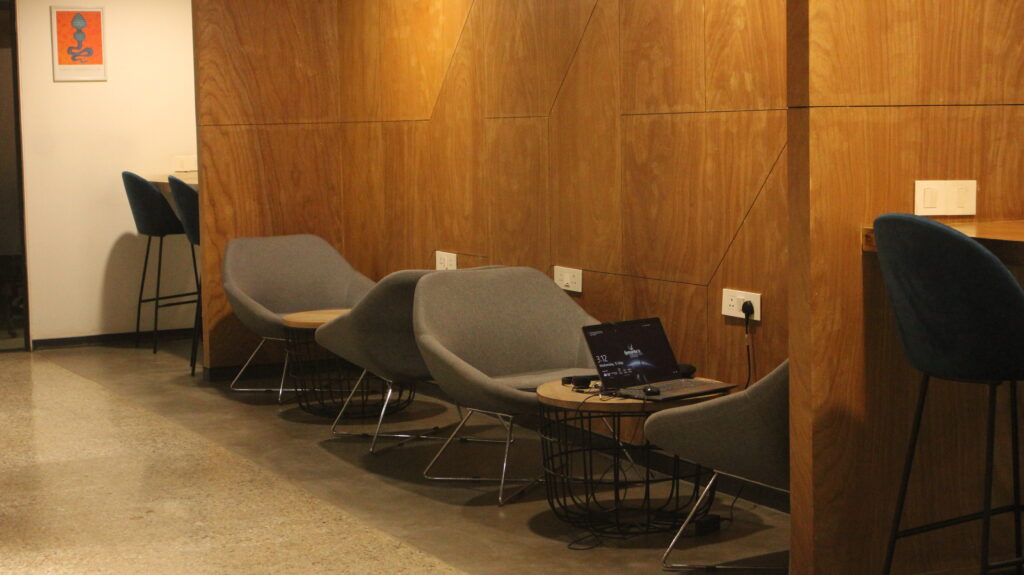
Welcome to the first instalment of a series exploring the fascinating history of office spaces! In this series, we’ll delve into how work environments have transformed over time, reflecting not only technological advancements but also shifting ideas about productivity and employee well-being.
Our journey begins in the early 1900s, where the concept of a dedicated office space gained traction. Think towering skyscrapers with large, open floor plans bathed in natural light – a stark contrast to the cramped quarters of the previous century. This shift was driven by the rise of electric lighting and advancements in building materials, allowing for efficient use of space.
However, this “open plan” approach soon faced criticism. While intended to foster collaboration, it often resulted in distractions and a lack of privacy. Enter the cubicle farm of the 1960s and 70s – a sea of identical, partitioned workstations designed to increase focus and efficiency. While offering a bit more privacy, these cubicles could feel isolating and monotonous.
Fast forward to the late 20th century, and the rise of personal computers ushered in a new era of office design. Technology allowed for more flexible work styles, and office spaces began to reflect this. Open floor plans made a comeback, often incorporating collaborative areas alongside designated workstations.
